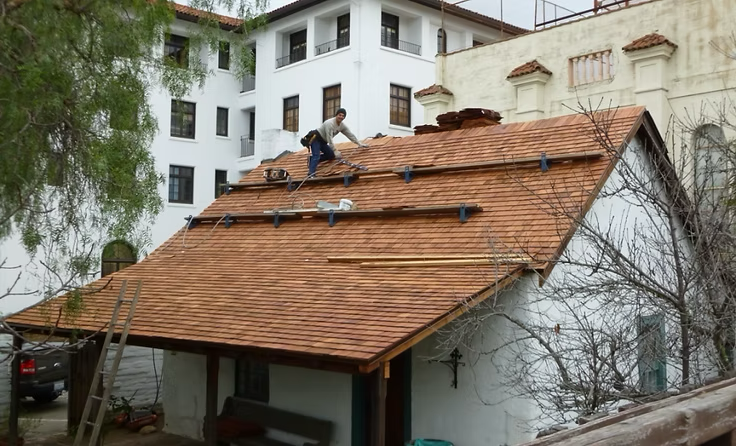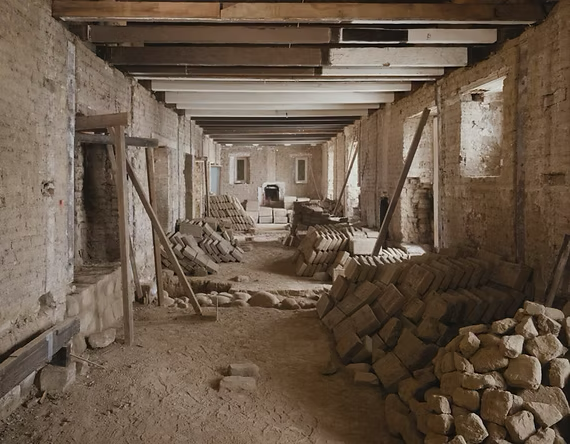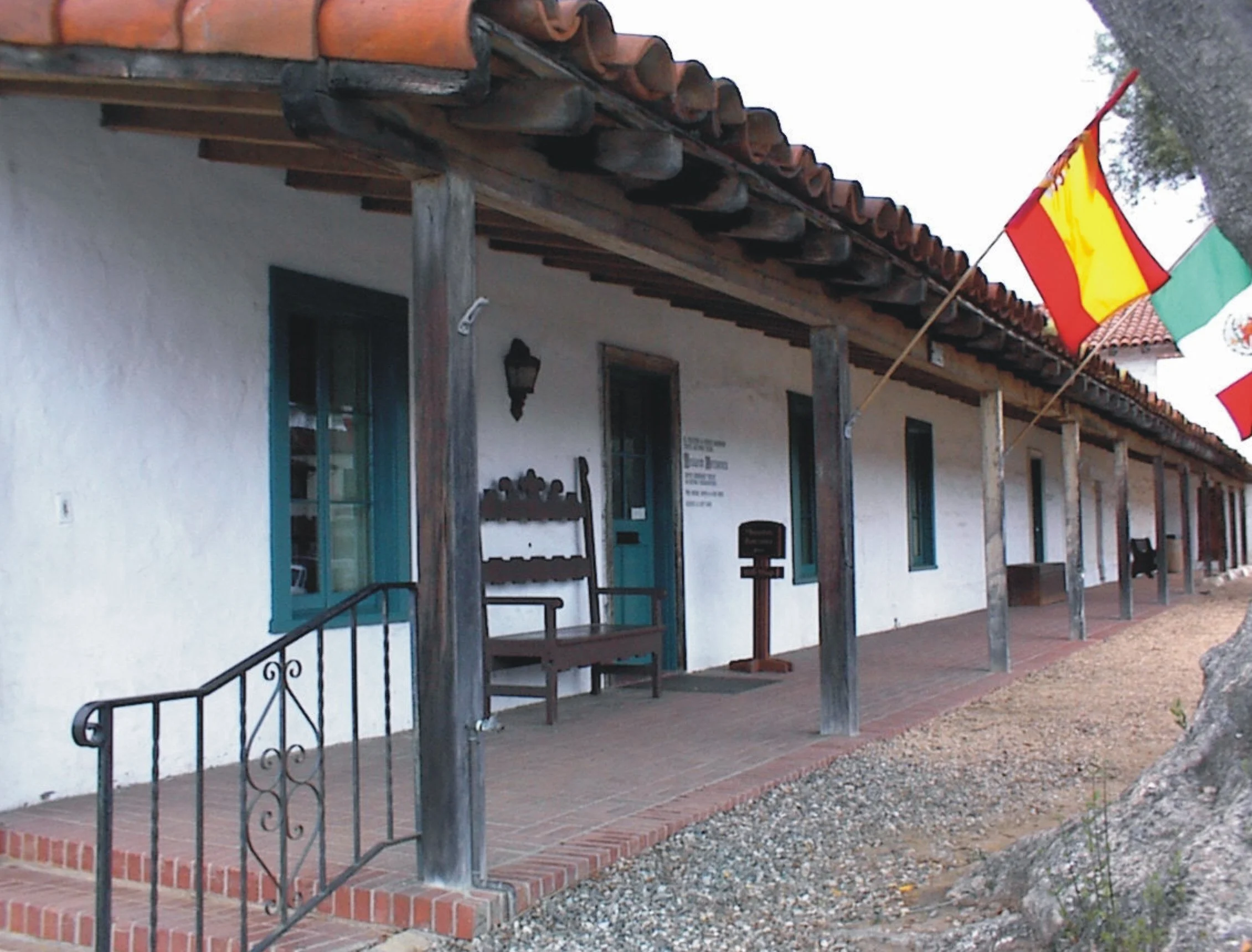
Caring for Historic Resources
The Santa Barbara Trust for Historic Preservation and the Secretary of the Interior's Standards for the Treatment of Historic Properties
Historic Preservation is a core component of our work. With many historic properties under our management, preservation is ongoing, and often transformative. We have a long history of successful preservation projects in Santa Barbara County.
Current Restoration Projects

TREATMENT APPROACHES
Like many local, regional, state and private agencies nation-wide, the Santa Barbara Trust for Historic Preservation uses the Secretary of the Interior's Standards for the Treatment of Historic Properties to guide our preservation work. The Standards are the Secretary of the Interior’s best advice on how to protect a wide range of historic properties and are intended to promote responsible preservation practices that help protect irreplaceable cultural resources. The Standards are intended to provide guidance to historic building owners and building managers, preservation consultants, architects, contractors, and project reviewers prior to treatment.
The four treatment approaches outlined in the standards are Preservation, Rehabilitation, Restoration, and Reconstruction, outlined below in hierarchical order.
Preservation, Rehabilitation, Restoration, and Reconstruction
-

Preservation
Focuses on the maintenance and repair of existing historic materials and retention of a property's form as it has evolved over time. Examples of SBTHP preservation projects include the Cañedo adobe (1786), El Cuartel (1788), Pico Adobe (circa 1840s), Rochin Adobe (1856), and the Santa Inés Mission Mills (1818-1820). A current preservation project is the condition assessment and stabilization of a painted figure at the Santa Inés Mission Mills property. -

Rehabilitation
Acknowledges the need to alter or add to a historic property to meet continuing or changing uses while retaining the property's historic character. For the last decade SBTHP has been working on the redesign and rehabilitation of the former Santa Barbara School of the Arts property. Examples of SBTHP rehabilitation projects include the Alhecama Studios (1926) and the Presidio Research Center (1928). -

Restoration
Depicts a property at a particular period of time in its history, while removing evidence of other periods. Casa de la Guerra (pictured above, during the 1996 restoration of the East Wing) is the best example of an SBTHP restoration project. Following years of detailed archaeological and architectural investigations the house was restored to the period of 1820s-1850s. This was accomplished by carefully removing architectural features and layers of fabric added to the building after the 1850s and faithfully restoring original architectural features based on archaeological evidence. -

Reconstruction
Re-creates vanished or non-surviving portions of a property for interpretive purposes. Examples of reconstruction projects within El Presidio de Santa Barbara SHP include the Padre's Quarters (1979), Chapel (1985), Comandancia (1992), Northeast Corner (1996), Chapel Bell tower (2001), and the Northwest Corner Visitor's Center (2009). Since 2009, SBTHP's reconstruction efforts have been focused on the completion of the massive outer defense wall surrounding the Northwest Corner of the site.






